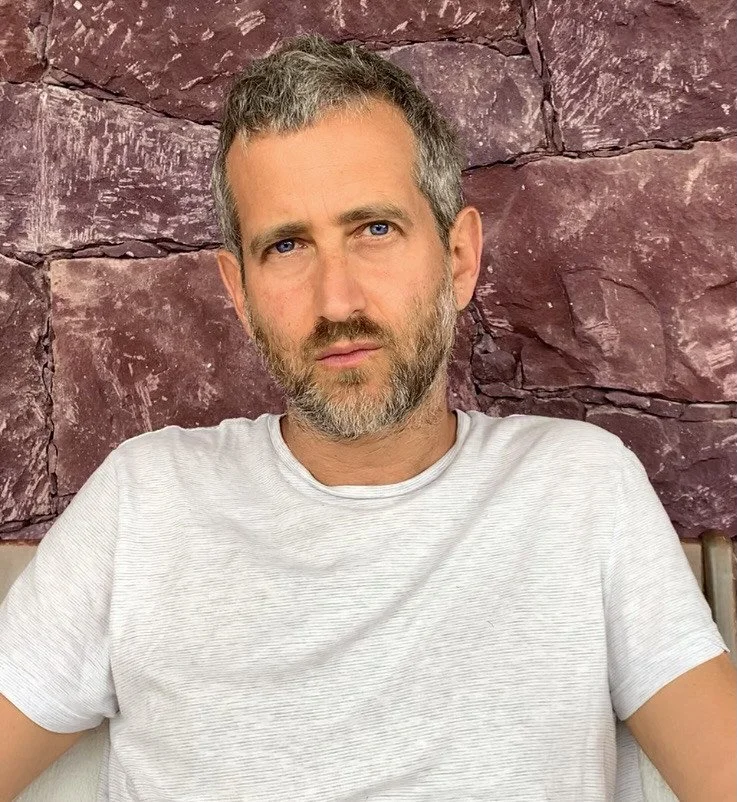7 Questions with Yoshua Okón
Dexter Wimberly interviews Yoshua Okón, Artist, Co-founder of SOMA (Mexico City), and Hayama Artist Residency 2025 Selection Committee Member.
1. Can you tell us about the moment you realized art was going to be your life’s work? Was there a specific spark that drew you into this career path?
I must have been 15 and I remember hearing an artist being interviewed on the radio. Besides discussing her own art practice, within the strong 20th century tradition of the public intellectual, she was also expressing opinions about different social issues. That was the day when I decided that's what I wanted to do.
Unfortunately, by now we have lost the tradition of the public intellectual and mostly only have access to the opinions of technocrats and oligarchs. Too late to change course though.
2. Your work often involves staged scenarios that blend reality and fiction. What role do improvisation and spontaneity play in creating these pieces?
In many of my works I've been interested in creating tensions between what is obviously staged and fictional and aspects that develop outside my control. For many of these I've worked with non-actors who play themselves within semi-fictional scenarios and where improvisation and spontaneity play an important role. I've found that these sorts of tensions tend to engage the public in active and creative ways. By inevitably trying to establish where the line between fiction and documentary is, our minds end up creating interpretations of the world around us and of the questions raised by the works. In this way, I attempt to bring the public's minds into a critical and self-reflexive mode.
3. How did growing up and living in Mexico City shape your perspective, both personally and artistically?
Mexico City is a very complex city, a city full of contradictions and the kind of place where, if you pay a bit of attention to what is going on around you, you develop a perspective critical to propaganda and hegemonic narratives. Unless you live in a gated community and spend all your time in malls and watching Hollywood movies, it is hard to hide your head under the sand here. It is also a city with a very old and cosmopolitan cultural scene that is very stimulating for artists.
4. What challenges do you believe young artists in Mexico City face, and how do you see them navigating the city’s multifaceted cultural scene?
Well, many of the challenges for young (as well as old) artists in Mexico City are similar to the ones for artists in other big cultural centers around our global and neoliberalized art world. On the one hand, the market has been getting increasingly conventional and conservative in the last few years, so the window of what art can do and be is getting quite narrow. On the other hand, very strong ideological pressures have come into play since 2017 or so. So the big challenges relate to a question about criticality in art you ask below. How can we as artists in such a context exercise our agency and create critical works beyond the narrow and conservative logic of today's market and beyond the strong ideological orthodoxies of neoliberalism that are being imposed on us? But I think Mexico City still feels a bit more relaxed in these regards compared to what I consider to be a very oppressive art environment in other art centers of the world, where many artists are having to, consciously or unconsciously, self-censor in order to survive.
5. What do you see as the main differences between creating art within a formal academic setting versus in an artist-run space like SOMA?
Institutions are tools we artists can use to develop our practice. And of course for some a more academic setting works better and for others a more experimental approach. That said, I think that an advantage to small independent institutions these days is the ability to adapt to a fast changing world. In small non-for-profit institutions such as SOMA we have the flexibility to keep adjusting the curricula to adapt to new conditions. It is easier to keep updated. But of course this great flexibility and freedom comes with the price of fragile economies.
6. From your experience, what advice would you give to emerging artists who want to engage with critical, often controversial, themes in their work?
My advice would be to follow their intuition and integrity and not let others bully them into aligning to the status quo or to the accepted or "correct" forms of criticality, which tend to just be simulations; neoliberalism hiding behind the facade of fake revolutions. And if what they want is fame and/or fortune, I would advise them to look elsewhere, to go to entertainment, publicity or entrepreneurship. Art is not the place.
7. Looking forward, are there any new directions or experiments you’re eager to explore in your future projects?
Yes, like many others I've been thinking a lot about what has brought us to the many crises and failures we are going through as a civilization, I've been thinking about the possible root causes for such a mess. So my upcoming project, which I'm developing for the Arte Abierto foundation in Mexico City, will be about hubris.

